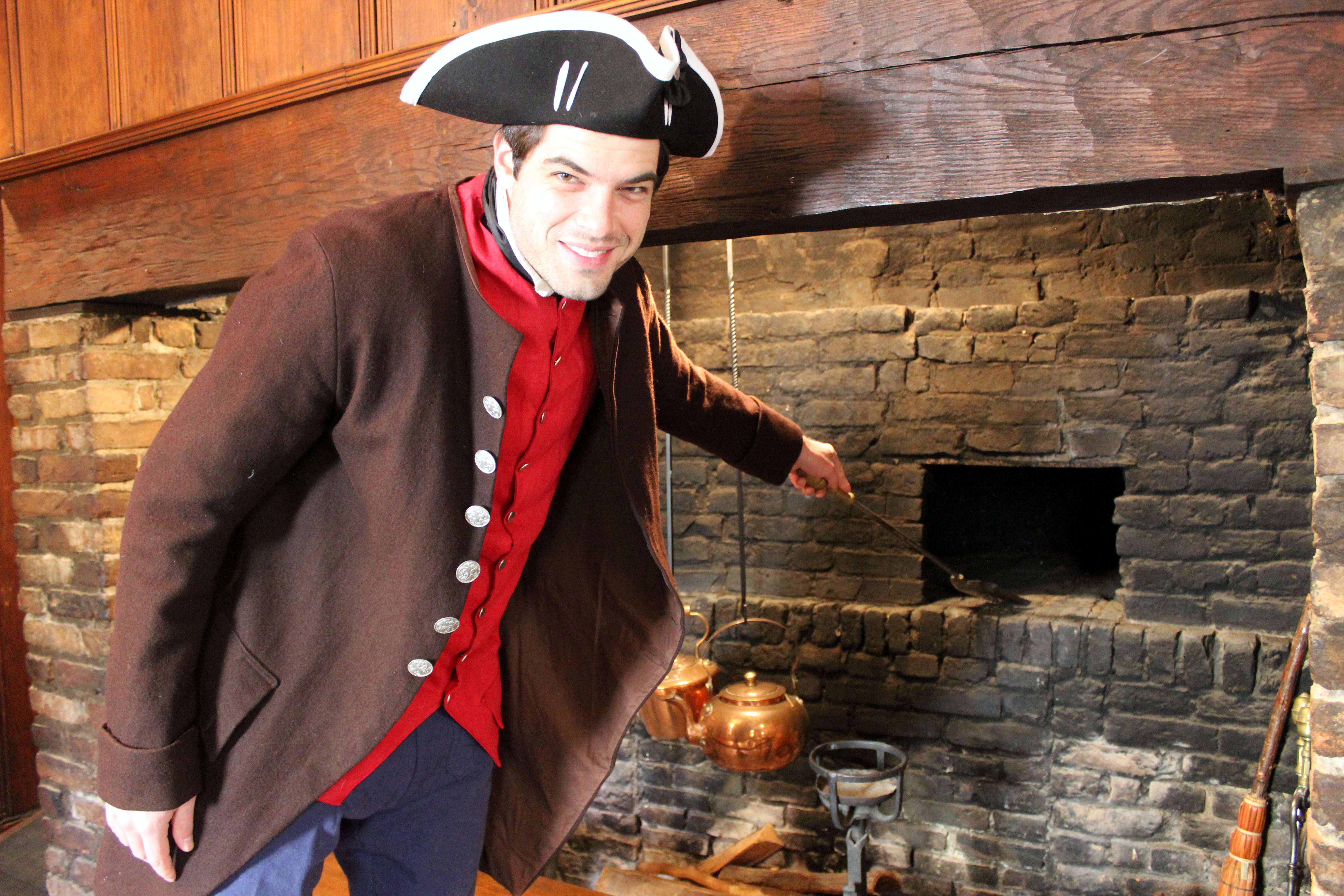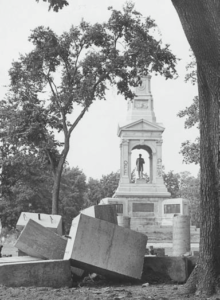
A Tribute to Preservationist Roger Webb
We were saddened to learn of the passing of historical preservationist Roger Webb, a good friend and long-time member of the Society. We will truly miss his warmth, enthusiasm, and seemingly endless energy.
During the course of his long and storied career, Roger facilitated the preservation of numerous historic buildings throughout Massachusetts and the country. He documented his adventures in a small collection titled “Memories of a Preservationist;” one of the stories he shared with us is reprinted below. Additional writings can be found at iamrogerwebb.com.
Memories of a Preservationist:
The Judge Daniel Wells House
By Roger Webb
July 23, 2015
In 1964, I secured an exciting contract to move an 1853 Greek Revival English Regency style house–only one of three in Cambridge–to a prominent location, 170 Brattle Street. The Episcopalian Theological Society (ETS) sought the help and advice of the Cambridge Historical Commission on how to move their landmark. Chairman Albert Wolfe recommended me to accomplish this difficult task.
“Mr. Webb is the man for this job. He will get your building moved quickly to the Brattle Street site, and ETS will receive positive publicity for saving this Cambridge landmark. I have worked with Mr. Webb before, relocating the 1757 Watson House to 30 Elmwood Avenue, opposite the Harvard President’s house.”
On the day of the move, I contracted with the Cambridge Police to act as facilitators in redirecting traffic and dealing with any problems that might arise with residents when the ETS house rolled up Brattle Street. Starting early that morning, we completed the job of lifting the house up onto a low custom-built rolling platform, supported by a dozen wheels and pulled by a truck. The twelve-room house measured 34 feet high.
The hipped roof with monitor and broad pilaster strips at the corners of the house made it quite distinctive as it rolled up Brattle Street from the corner of Phillips Place and Mason Street at the lower end of Brattle. We passed the Longfellow House and made occasional stops to relocate electric wires and street lights, and cut an occasional limb of a tree that blocked our route.
By mid-morning, we were nearing the intersection of Craigie, Sparks, and Brattle Streets when a man emerged from his house. He was the well-known cartoonist Al Capp, the creator of Li’l Abner. Al Capp walked over and told us to stop. He would not allow us to proceed if we intended to cut his tree limb that protruded over Brattle Street. I explained there was no alternative route and we would have to cut his branch. Al Capp responded that was our problem, not his.
After a bit more unproductive discussion, I asked our policeman to proceed with the house move. The policeman directed the limb cutter to continue. He asked Al Capp to get out of the road and stand aside on the sidewalk. Al Capp sat down in the middle of Brattle Street. At that moment, several newspaper writers and a photographer appeared from…nowhere. When the two policemen attempted to lift Al Capp off Brattle Street, he lay flat on the pavement. The photographers snapped their pictures.
I attempted to explain to the journalists that Cambridge could regrow its tree limbs but could not regrow its nineteenth century architectural heritage. (An embarrassing article “It Rattled Brattle” appeared the next day in The Boston Globe, and quoted Al Capp. “It was a bloody crime! Any mutilation of trees is not worth saving 10 houses.” ) (see The Boston Globe, Friday, January 29, 1965, p.11)
We put this awkward incident behind us and rolled our landmark further up Brattle Street to the intersection of Brattle, Sparks and Craigie Streets where those five streets intersect. We were surprised by the sound of an explosion. One of the tires of the undercarriage platform supporting the house blew out. Then another. Then another. The house and its undercarriage began tilting and slowly settled.
This was very awkward. I was embarrassed! Traffic was tied up as we sought replacement tires so we could resume our way up Brattle. At the corner of Channing Street I had prepared a foundation and cellar upon which to place the Wells House. It was our intention to reach this site by afternoon.
By early evening we had not. I was required by the Cambridge Police to contract for a night and then the next day for police assistance. I was told to secure two dozen lanterns to place on the Brattle Street intersection surrounding the grounded house. That night was eventful. Many motorists stopped to inquire and inspect this building that had unexpectedly parked itself in the middle of Brattle Street. I guarded the structure with several policemen and explained to all interested persons the difficulties of the day. I stressed my expectation of a quick and successful conclusion to the project, and the next day we did complete the move.
Several weeks later the restoration of the 1853 house was completed and the project came to a happy and successful conclusion as my daughter Mary and I applied the last coat of paint to the newly renovated front door of the house. However, in keeping with the rhythm of this project, my twelve year old daughter, Mary, got paint in her eye. We quickly recovered from this last unexpected and regretful event, as we had from all the others.
Today, with pride and a sense of accomplishment, the Judge Wells House stands majestically on the corner of Channing at 170 Brattle Street for all to see.






